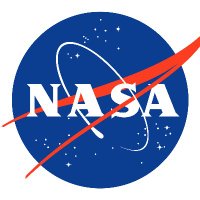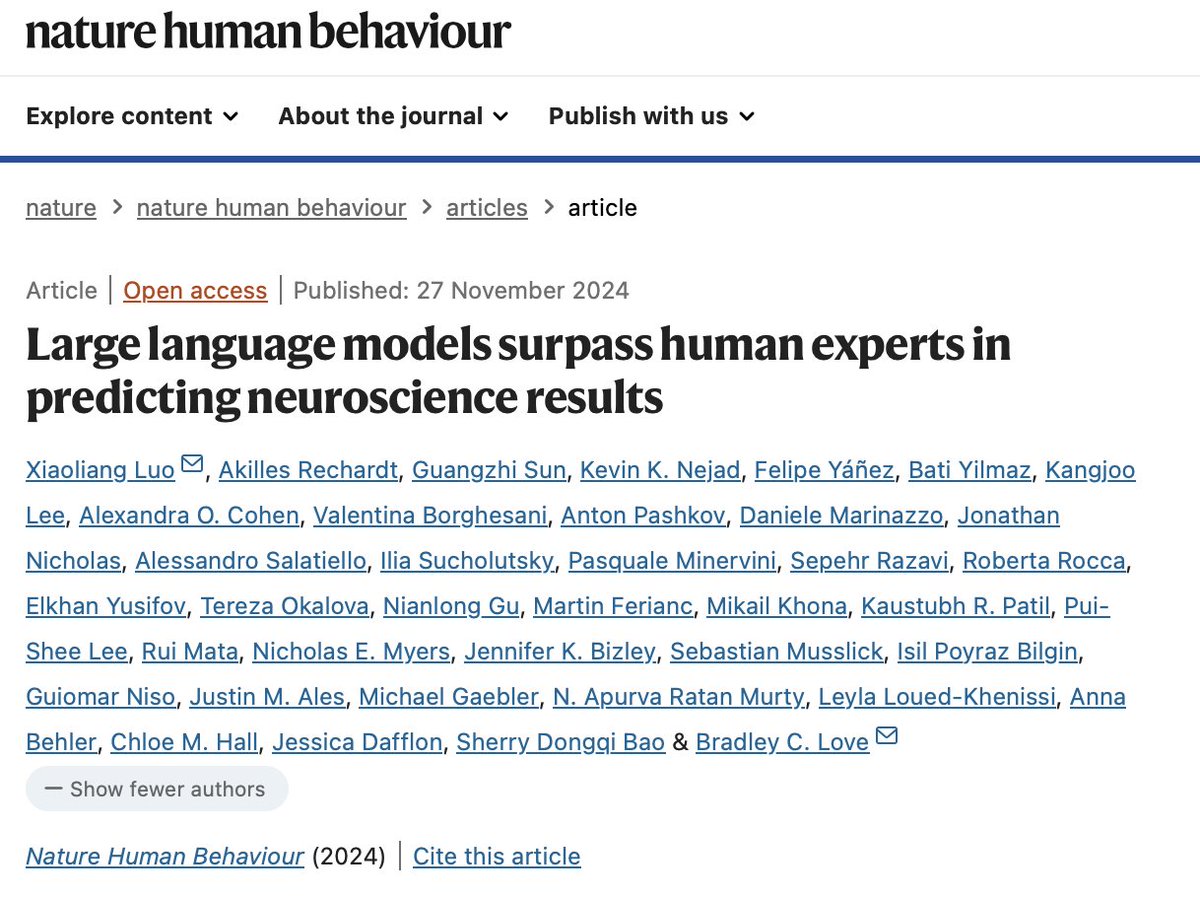
Adrian Duszkiewicz
@adriandu_
Neuroscientist at the intersection of memory and space, usually spotted tinkering with the neural compass somewhere around @EdinburghUni
ID: 1076493068
10-01-2013 12:30:58
917 Tweet
1,1K Followers
703 Following
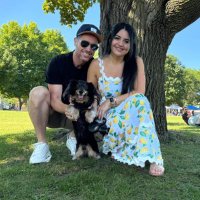
1/ 🚨 Thrilled to share the final version of our paper in eLife - the journal! Both LC & VTA pathways release dopamine in CA1, but how might they uniquely modulate CA1 activity? Using VR, we imaged these pathways in mice to uncover their distinct roles. doi.org/10.7554/eLife.… #Neuroscience
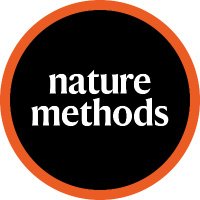
ONIX is a data acquisition system for recording neural activity in freely behaving mice. It can accommodate a variety of recording technologies, while maintaining minimal impact on animal behavior. Jakob Voigts Jonathan Newman Open Ephys https://bsky.app/profile/openephys.bsky nature.com/articles/s4159…
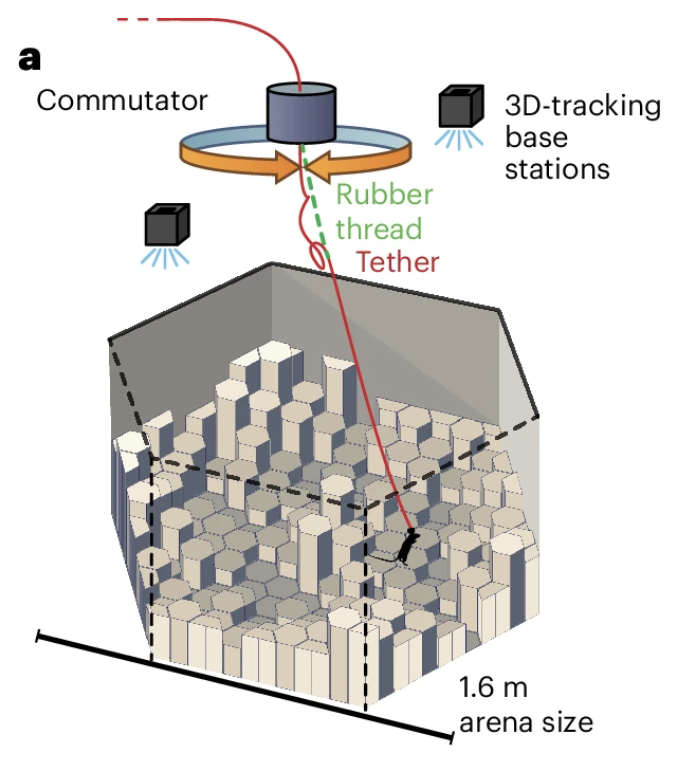
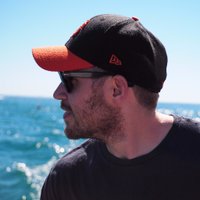
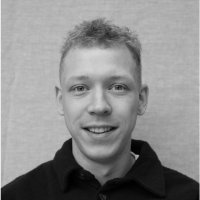

Excited to share our new results! We (huge team effort led by post-doc extraordinaire Sylvie Lesuis) examined the effects of acute stress on threat memory generalization and engram ensemble architecture. sciencedirect.com/science/articl…


I'm happy to share our Review article in Trends in Cognitive Sciences , "Cognitive Maps and Schizophrenia", synthesising evidence for representation-level abnormalities in the condition, and proposing directions for future work. sciencedirect.com/science/articl…


📢 HIRING 📢 I am offering a postdoc position to join the Cyril Herry Lab. Come and be part of the outstanding Bordeaux Neurocampus & Neurocentre Magendie community! Thanks for you RT Inserm Fondation Bettencourt Schueller
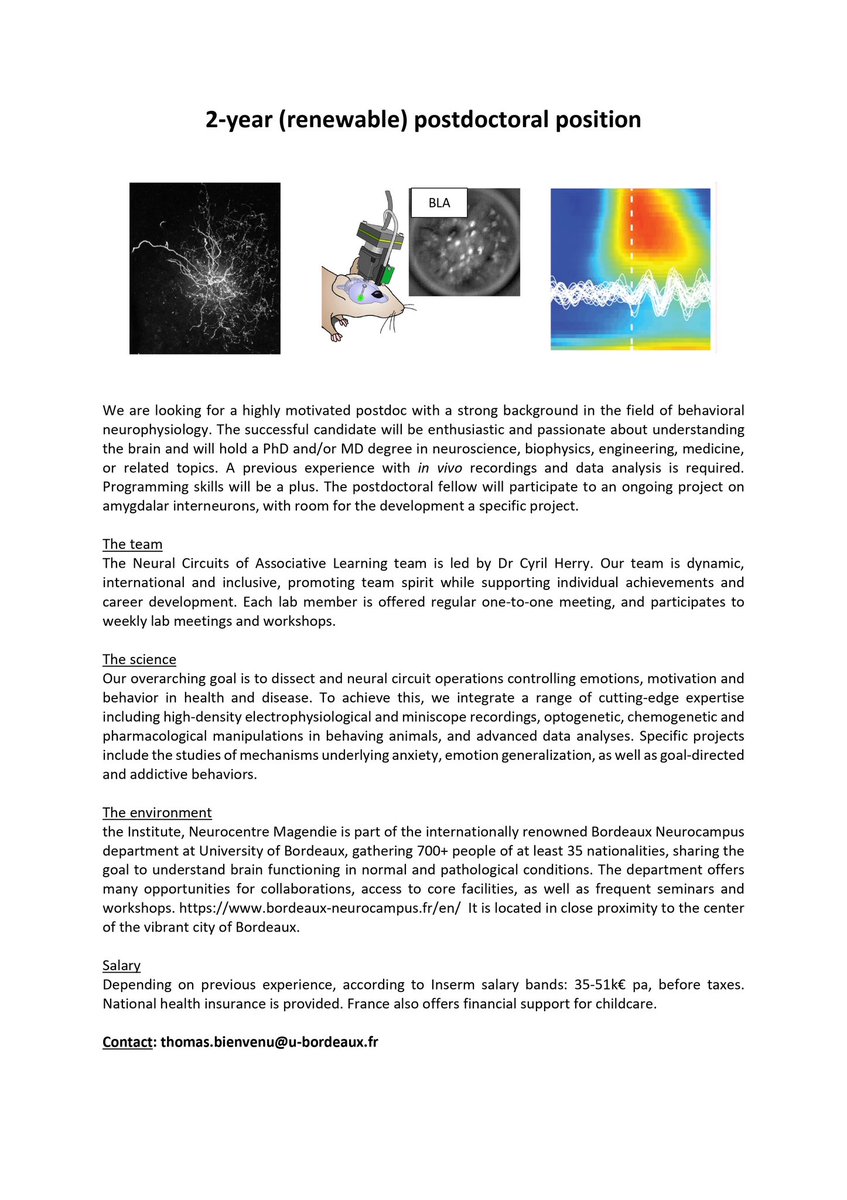
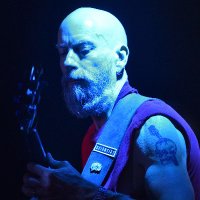





Looking forward to seeing you at the British Neuroscience Association festival in #Liverpool 27-30 April. 🧠 Don't miss the Early Bird registration - 12 Dec. Check out our programne: meetings.bna.org.uk/bna2025/ #BNA2025

When we enter a new environment, we use visual input to rapidly build an internal model of the local spatial environment. How does our brain do this? We review past literature and suggest some new ways forward in our new review in Current Biology: authors.elsevier.com/sd/article/S09…



Andrew Pruszynski In our preprint we show that expectations about future sensory inputs shape neural population dynamics in motor circuits, supporting the idea that movement is governed by the sophisticated manipulation of sensory feedback. biorxiv.org/content/10.110… 2/


